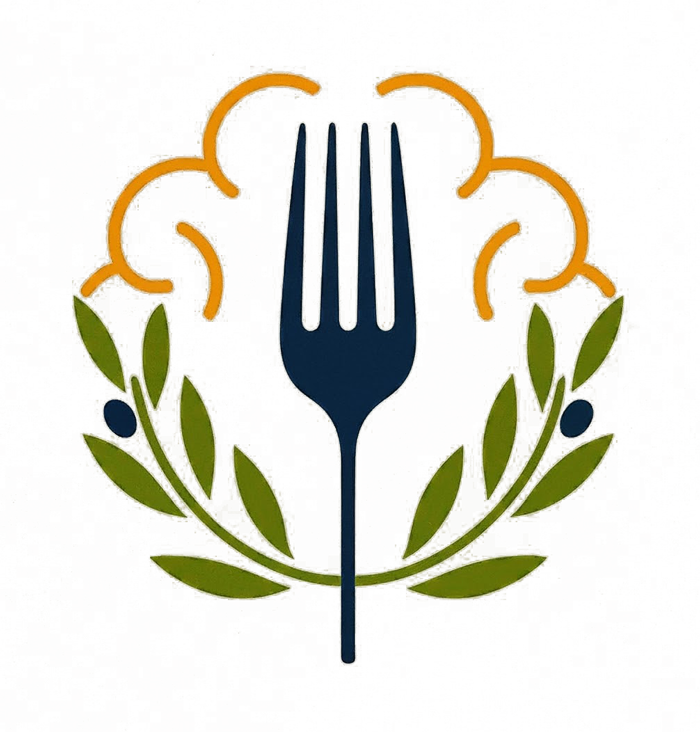We May Be More Herbivore Than We Think
- Dov Glazer
- Aug 2
- 2 min read

Humans are widely considered omnivores, a classification supported by our ability to digest both plant and animal matter. However, a close examination of human anatomy and physiology reveals a number of features that align more closely with herbivores than carnivores. This suggests that while we are adaptable omnivores, our bodies are fundamentally structured to thrive on a plant-based diet.
Key Anatomical and Physiological Evidence
1. The Clavicle and Limb Structure
Unlike carnivores built for running (like dogs or cats), humans have a well-developed clavicle (collarbone). This anatomical feature is not optimized for speed but for a wide range of motion in the shoulders and arms. This flexibility is critical for activities like climbing, swinging, and reaching—movements common among primates and other herbivores who forage for food in trees. True carnivores and many running herbivores have a reduced or absent clavicle, which allows for a more linear, efficient running stride. The human clavicle is evidence of an evolutionary history centered on grasping and gathering, not on chasing and killing prey.
2. Dentition and Jaw Structure
The structure of our teeth and jaws provides some of the strongest evidence. Our jaws feature a joint that allows for significant side-to-side movement, a motion essential for the grinding of tough plant fibers. Carnivore jaws, in contrast, are hinged and only move up and down, like a pair of shears, for the purpose of tearing meat. While we do possess canines, they are short, blunt, and largely function alongside our incisors for biting, not for the tearing and puncturing of flesh. Our molars are broad and flat, ideal for mashing and grinding, a characteristic shared with herbivores.
3. The Digestive System
The human digestive system is notably longer and more complex than a carnivore's. A carnivore's digestive tract is short and simple, allowing for the rapid processing of protein and fat before the meat begins to putrefy. Herbivores, however, have a longer system to allow for the prolonged digestion of fibrous plant matter. At approximately 7-10 times our body length, the human intestinal tract is a clear parallel to that of herbivores. Additionally, our saliva contains amylase, an enzyme that begins the breakdown of carbohydrates in the mouth. Carnivores, whose diets are low in carbohydrates, lack this enzyme.
Conclusion
While our use of fire and tools has allowed humans to become highly successful omnivores, our underlying biological design tells a different story. Our physical characteristics—from our clavicle and grasping hands to our grinding teeth and long digestive tract—are more indicative of an evolutionary path centered on a plant-based diet. These physiological facts suggest that our bodies are optimized for the consumption of plants, even though our adaptability has allowed us to consume a wide variety of foods.




Comments